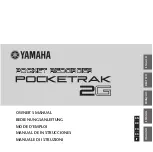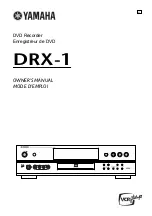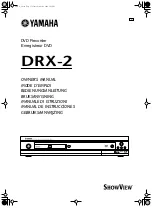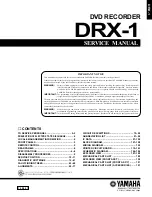
23
H
ook
up
s and
Se
tti
n
gs
A
Digital audio input jack
If your audio component has a Dolby
*1
Digital, DTS
*2
, or MPEG audio decoder and
a digital input jack, use this connection. You
can enjoy Dolby Digital (5.1ch), DTS
(5.1ch), and MPEG audio (5.1ch) surround
effects.
If you connect a Sony audio component that
is compatible with the “Control for HDMI”
function, refer to the operating instructions
supplied with the audio component.
B
Audio L/R (left/right) input jacks
This connection will use your TV’s or audio
component’s two speakers for sound.
C
Audio L/R (left/right) input jacks
This connection will use your TV’s or audio
component’s two speakers for sound.
To connect the EURO AV adapter, see
page 20.
z
Hint
For correct speaker location, refer to the operating
instructions supplied with the connected
components.
b
Notes
• With connection
C
, set the selector on the
EURO AV adapter to the “OUTPUT” position to
listen to sound.
• Do not connect your TV’s audio output jacks to
the LINE IN (R-AUDIO-L) jacks at the same
time. This will cause unwanted noise to come
from your TV’s speakers.
• With connections
B
and
C
, do not connect the
LINE IN (R-AUDIO-L) and LINE 2 OUT (R-
AUDIO-L) jacks to your TV’s audio output
jacks at the same time. This will cause unwanted
noise to come from your TV’s speakers.
• With connection
A
, after you have completed
the connection, make the appropriate settings in
the “Audio Out” setup (page 115). Otherwise, no
sound or a loud noise will come from your
speakers.
• When you connect the recorder to an audio
component using an HDMI cord, you will need
to do one of the following:
– Connect the audio component to the TV with
the HDMI cord, or
– Connect the recorder to the TV with a video
cord other than HDMI cord (component video
cord, S-video cord, or audio/video cord).
*1
*2
















































